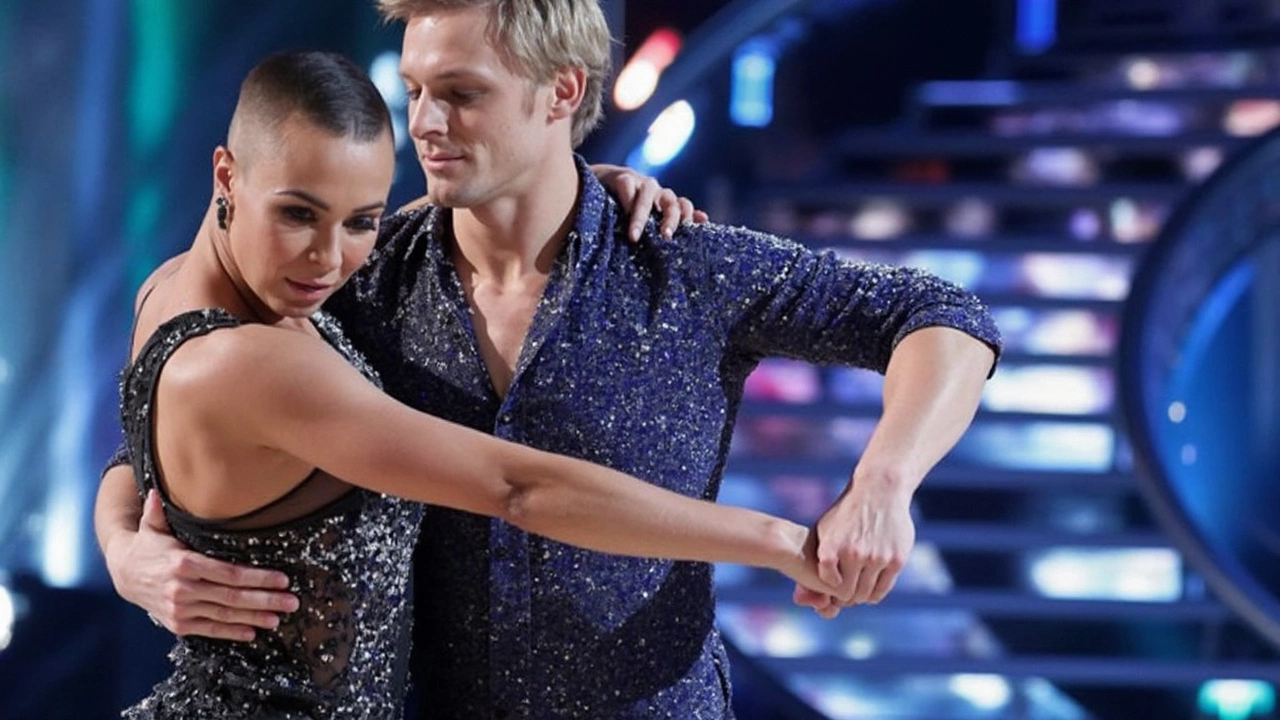Strictly Come Dancing – What Makes the Show a Must‑Watch
If you’ve ever wondered why millions tune in every autumn, the answer is simple: it mixes glitter, drama, and real dancing skill. Celebrities pair up with professional partners, learn ballroom and Latin steps, and perform live in front of a studio audience. The excitement comes from the learning curve – you can see a beginner turn into a confident performer over a few weeks.
For anyone interested in dance, Strictly is a goldmine of ideas. You get to see everything from the graceful waltz to the fiery salsa, all broken down by judges who know the sport inside out. Watching the show can actually teach you a lot about posture, timing, and how to connect with a partner.
How the Competition Works
Each week the couples perform a routine that matches a theme – think ‘Broadway’, ‘Hollywood’, or ‘Disney’. After the performance, the judges give scores out of ten, and the public votes via text or app. The combined total decides who stays and who leaves. The lowest‑scoring pair faces the dreaded dance‑off, where they perform a short piece to impress the judges one more time.
The judges panel stays fairly constant, with personalities like Len Goodman (until his retirement), Craig Revel Horwood, Bruno Tonioli, and Darcey Bussell. Their feedback is blunt but helpful – they point out technical flaws, posture issues, and moments where the performance shines. This mix of professional critique and audience love makes the show feel both competitive and supportive.
Tips to Boost Your Ballroom Skills
Want to take a page from Strictly’s book? Start with the basics: posture, frame, and foot placement. Practice balancing your weight on the balls of your feet – that’s where most ballroom moves happen. A simple mirror workout helps you see if your shoulders are relaxed and your spine is straight.
Next, work on the rhythm. Most ballroom dances follow a 4/4 beat, while Latin styles often use a quicker 2/4. Tap your foot to a metronome or a favorite song and try to match each step to the beat. If you can keep the rhythm, the rest falls into place.
Partner work is another key area. Strictly participants spend hours rehearsing lifts, spins, and hand‑holds. At home, practice basic hold positions with a friend – focus on staying connected through your arms and keeping your core engaged. Even five minutes a day can make a big difference.
If you’re serious about improving, consider a few coaching sessions. Local studios often run group classes that mirror Strictly’s styles, and a coach can give you the same kind of feedback the judges provide on TV. Ask for specific pointers on footwork, hip movement, or expression – the clearer the target, the faster the progress.
Finally, don’t forget the fun factor. Strictly’s biggest draw is the entertainment value, so bring personality to your practice. Smile, add a little flair, and remember that dancing is as much about feeling the music as it is about perfect technique.
Whether you’re a casual viewer or an aspiring dancer, Strictly Come Dancing offers a roadmap to better movement. Watch the show, pick up the tips, and you’ll find yourself gliding across the floor with confidence – just like the pros on the BBC stage.
Kieran Lockhart, May, 13 2025
Layton Williams Takes Olivier Award for Iceberg Role in ‘Titanique’ and Eyes Strictly Come Dancing Judge Seat
Layton Williams snagged the 2025 Olivier Award for Best Supporting Actor in a Musical as the iceberg in the eccentric hit 'Titanique.' While the show's humor split audiences, it also took home Best Entertainment or Comedy Play. Williams, known for 'Billy Elliot' and 'Cabaret,' now has his sights set on judging Strictly Come Dancing.
View More




